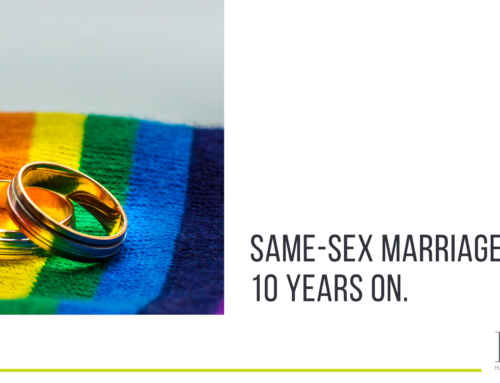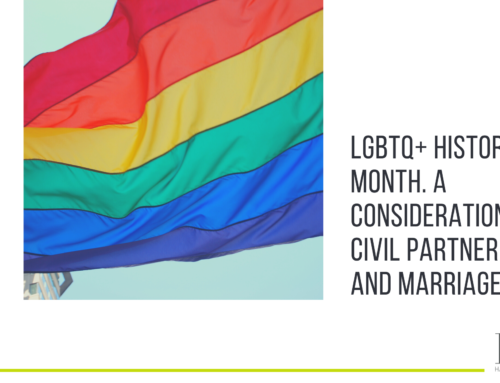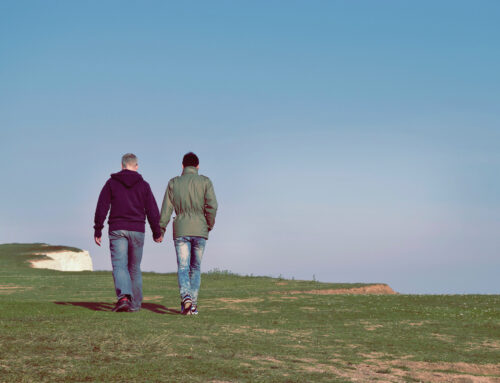The road to justice hasn’t been smooth for the LGBTQ+ communities, and today the road remains uncertain.
While we haven’t reached total equality, we wanted to mark Pride Month and celebrate how far things have come, as well as consider how much there’s still to do for LGBTQ+ families when it comes to their legal rights.
Homosexuality is decriminalised
It wasn’t until 1967 that the Sexual Offences Act was introduced, declaring it no longer illegal for two homosexual men to engage in sexual acts. The conditions being that it had to be consensual and the participants must be over the age of 21.
Back in the 1800s, homosexual men would have faced the death sentence. To even be perceived to have feelings or a relationship with another man was punishable by law, with novelist, Oscar Wilde and WW2 codebreaker, Alan Turing facing criminal charges.
LGBTQ+ people can serve in the military
It was only in the year 2000 that openly LGBTQ+ were permitted to serve in the military. Before that time, people had to hide that part of their identity, or risk dismissal and removal of pensions and service medals.
Now, LGBTQ+ couples receive the same allowances, housing and benefits as their heterosexual counterparts.
Adoption and Children Act 2002
Before 2002, only married heterosexual couples could adopt a child. The Adoption and Children Act meant that, finally, single people and LGBTQ+ people could start growing their families through adoption.
Civil Partnerships
In 2004, LGBTQ+ couples could form civil partnerships. This finally afforded these couples the same rights as married heterosexual couples. Elton John and his partner David Furnish were famously one of the first same-sex civil partnerships in the UK, a landmark moment for the LGBTQ+ community.
However, for many gay couples, it wasn’t enough without, and the campaign for the right to marry continued.
LGBTQ+ can start biological families of their own
Where same-sex couples conceived children using donors, the Human Fertilisation and Embryology Act 2008 meant they would now be recognised as the child’s legal parents.
The Equality Act 2010
Combining over 100 pieces of singular legislation, the Equality Act 2010 provides a clear framework about ‘protected characteristics’ of individuals in one of the biggest anti-discrimination Acts in legal history.
Same-sex marriage is legalised
In 2013, couples could legally marry in England and Wales. Those who had entered a civil partnership could now convert that to a legal marriage.
Some religious organisations welcomed the change with open arms. Others, who don’t allow same-sex marriages, are not obligated to carry out marriage ceremonies between two people of the same sex.
The law is constantly changing to protect individuals and society. The challenge it faces is keeping up with modern life – the latest Supreme Court ruling in April is a prime example.
At Harrogate Family Law, we’re here for our clients no matter what, and will always strive for the best outcome in every situation. If you’d like to arrange a no-obligation call to talk about your case, contact us now.






